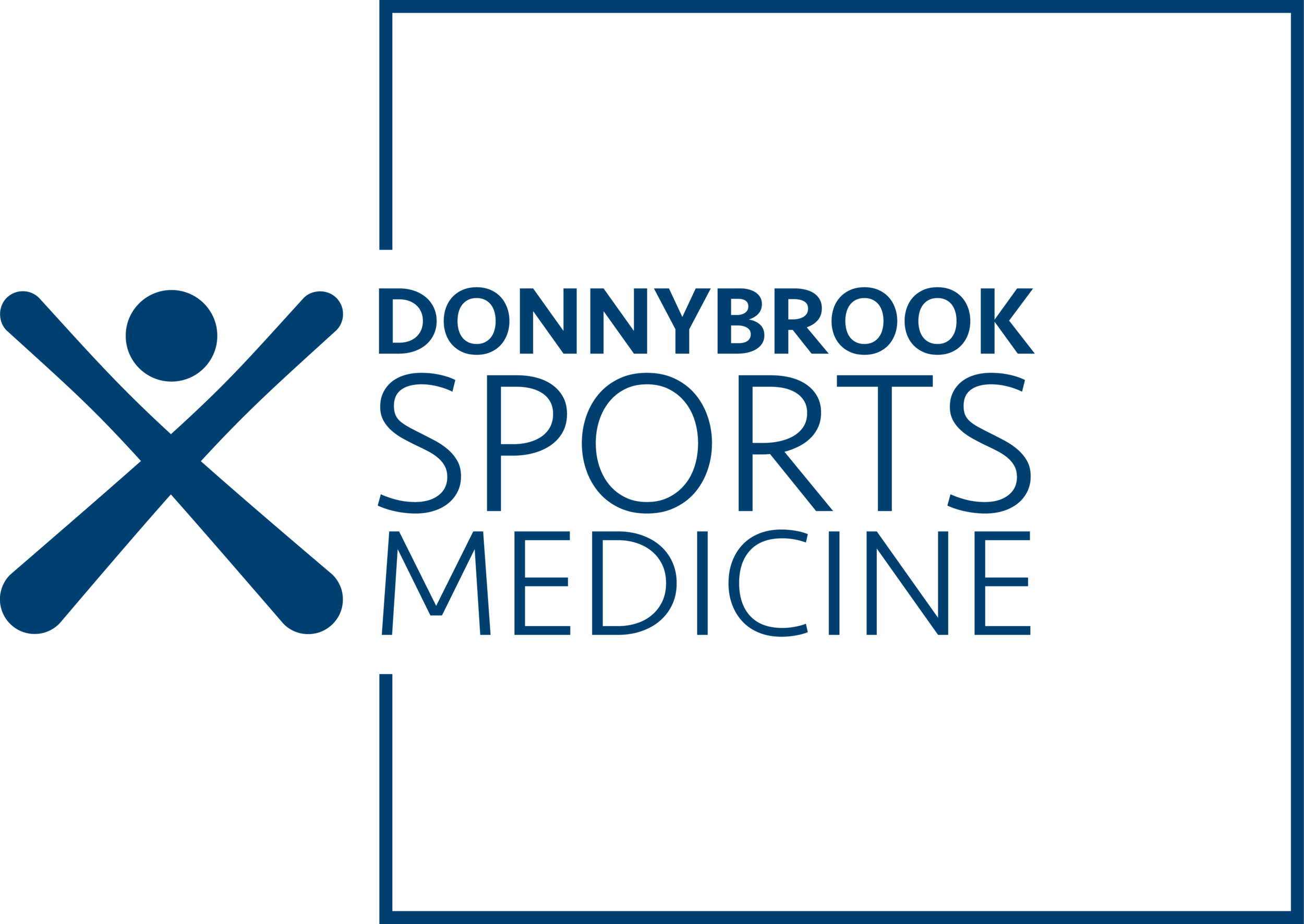Force Plates / Force decks are a training and medical device used to measure force produced during movement and exercise. Commonly used in research settings to assess movement and strength, there are various companies who supply these devices.
In Ireland, the VALD ForceDecks are in use in some of Ireland’s top orthopaedic and sports medicine centres, as well as professional sporting teams. This technology is something that Nathan has been using through professional rugby teams over the past few years.
In January 2025, this exciting technology will become available for use with clients at Donnybrook Sports Medicine. This investment will enable data tracking with progression of rehab and guide decision making for return to play / exercise progression / referral for further evaluation etc.
In addition to the performance measures which can be measured as part of a physiotherapy session or specific testing appointment, VALD technology also incorporates an exercise prescription app which will be available for clients to download, complete exercise programs and track results of ForceDeck testing.
If you are interested in this technology and how it can guide your rehab or enhance your sports performance – please reach out via email or phone call to discuss. Appointments can be booked here.

